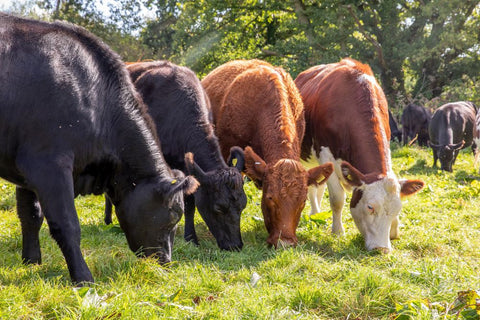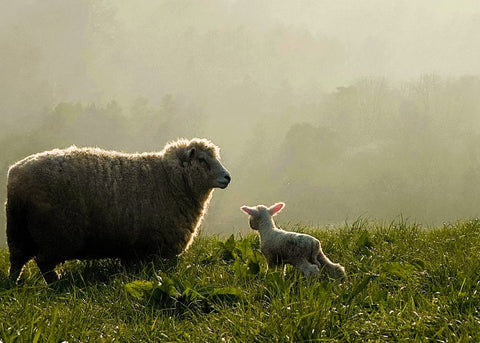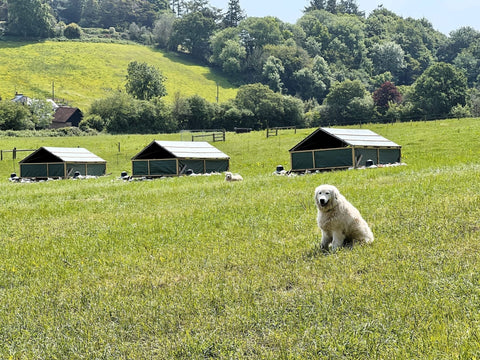At Farm2Fork, our philosophy is simple: work with nature, not against it. That’s why at Dalditch Farm in Budleigh Salterton, we raise our animals on organic pastures in a system designed to benefit soil health, biodiversity, animal welfare, and flavour.
Grass isn’t just a feed — it’s the foundation of our farming model.
Why Grass is Central to Our Philosophy
Ruminant animals such as cattle and sheep are biologically designed to digest grass, not grain. By feeding them 100% grass year-round, we align with their natural biology. This produces healthier animals, supports soil regeneration, and results in meat with superior nutritional value and depth of flavour.
Alongside our grass-fed cattle and sheep, we also raise chickens, turkeys, and geese on pasture. While poultry aren’t ruminants and require a supplementary organic feed, they still play a valuable role in the system. Rotated across fresh pasture, our birds forage, fertilise the land, and contribute to the farm’s natural cycles — all without confinement or synthetic inputs.
Nutritional Benefits of Grass-Fed Meat
Grass-fed beef and lamb offer a richer nutritional profile than their grain-fed counterparts. According to a large-scale meta-analysis published in the British Journal of Nutrition, meat from grass-fed and organic systems can contain up to 50% more omega-3 fatty acids than meat from grain-fed animals. It also tends to have higher levels of conjugated linoleic acid (CLA), vitamin E, and beta-carotene — nutrients linked to improved heart health, reduced inflammation, and stronger immune function.
Pasture-raised poultry, while nutritionally different to grass-fed red meat, also benefit from lower stress and a natural environment, contributing to overall meat quality and welfare.
Environmental Impact: Restoring Balance
Our commitment to grass-fed and pasture-based farming goes beyond nutrition — it’s a climate-conscious choice. Through rotational grazing, we regenerate our soils, store carbon, and increase biodiversity across 87 hectares of certified organic grassland.
Our 100% grass-fed cattle and sheep help build soil structure and fertility as they graze. At the same time, our poultry flocks are moved regularly across the land, naturally fertilising the soil, controlling pests, and promoting a diverse sward.
We avoid artificial fertilisers, pesticides, and routine antibiotics, ensuring that our farm operates in balance with the surrounding landscape, including the Pebblebed Heaths National Nature Reserve.
Animal Welfare and Natural Behaviour
Our animals are given the freedom to behave as they would in nature. Cattle and sheep graze as a herd and as a flock — or flerd — allowing them to express natural behaviours in a low-stress environment, which builds strong immune systems. Poultry roam in open fields from spring to autumn, protected by our Maremma guardian dogs and enriched by a natural environment.
By prioritising welfare and allowing animals to express natural behaviours, we raise healthier livestock and eliminate the need for chemical interventions.
Why It Matters
Choosing grass-fed and pasture-raised meat supports a farming system that’s better for animals, better for the land, and better for you. At Farm2Fork, our focus on regenerative, sustainable meat farming is helping to build a future where food production restores rather than depletes.









Comments (0)
There are no comments for this article. Be the first one to leave a message!